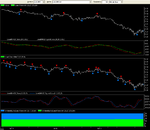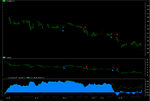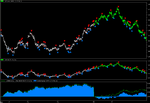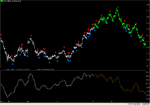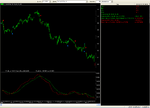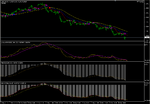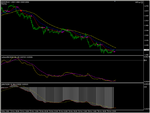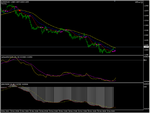There may be incremental, or online algorithms for perceptrons, but I am unaware of those. Anyone with information on these please post.
online perceptron and others.... like this name 'banditron'
http://dogma.sourceforge.net/index.html#about
% Online classification algorithms.
% banditron_multi_train - Banditron
% k_alma2_train - Kernel Approximate Maximal Margin Algorithm, with the 2-norm
% k_forgetron_st_train - Kernel Forgetron, 'self-tuned' variant
% k_oisvm_train - Kernel Online Independent SVM
% k_om2_multi_train - Kernel Online Multi-class Multi-kernel Learning
% k_om2_mp_multi_train - Kernel Online Multi-class Multi-kernel Learning, multiple passes
% k_omcl_multi_train - Kernel Online Multi Cue Learning multiclass
% k_pa_train - Kernel Passive-Aggressive, PA-I and PA-II variants
% k_pa_multi_train - Kernel Passive-Aggressive multiclass, PA-I and PA-II variants
% k_perceptron_train - Kernel Perceptron/Random Budget Perceptron
% k_perceptron_multi_train - Kernel Perceptron/Random Budget Perceptron multiclass
% k_projectron_train - Kernel Projectron
% k_projectron2_train - Kernel Projectron++
% k_projectron2_multi_train - Kernel Projectron++ multiclass
% k_sop_train - Kernel Second-order Perceptron
% pa_train - Passive-Aggressive, PA-I and PA-II variants
% pa_multi_train - Passive-Aggressive multiclass, PA-I and PA-II variants
% perceptron_train - Perceptron
% pnorm_train - p-Norm
% sop_train - Second-order Perceptron
% sop_adapt_train - Kernel Second-order Perceptron, adaptive version
%
% Online optimization algorithms.
% k_pegasos_train - Kernel Pegasos
% k_obscure_train - Online-Batch Strongly Convex mUlti kErnel leaRning
% k_obscure_online_train - Online-Batch Strongly Convex mUlti kErnel leaRning - 1st phase
% k_obscure_batch_train - Online-Batch Strongly Convex mUlti kErnel leaRning - 2nd phase
%
% Selective sampling algorithms.
% k_sel_perc_train - Kernel Selective Perceptron
% k_sel_ada_perc_train - Kernel Selective Perceptron with Adaptive Sampling
% k_ssmd_train - Kernel Selective Sampling Mistake Driven
%
% Auxiliary functions.
% model_init - General inizializiation function
% model_predict - General prediction function
% model_mc_init - Inizializiation function for Multi Cue Learning
%
% Miscellaneous.
% compute_kernel - Calculate the kernel values
% shuffledata - Shuffle input and output data
% demo - Demo of many classification algorithms
% randnorm - Sample from multivariate normal

